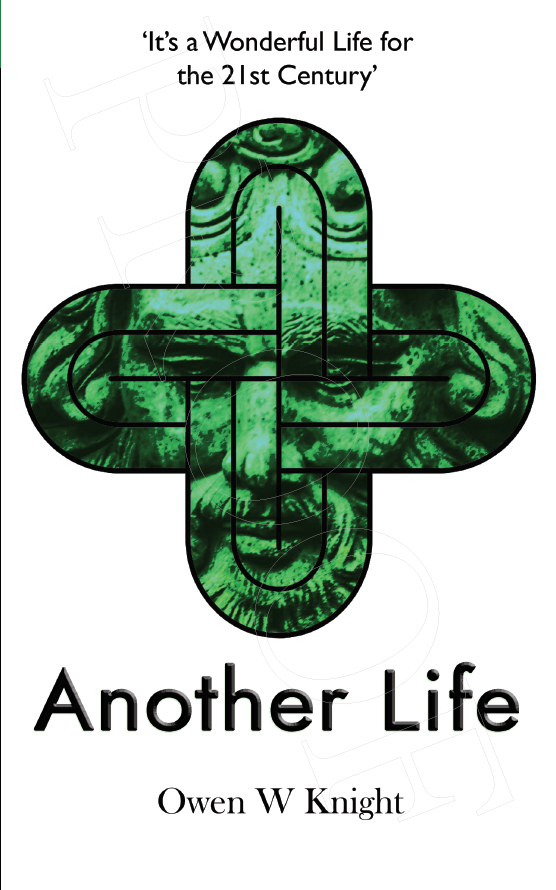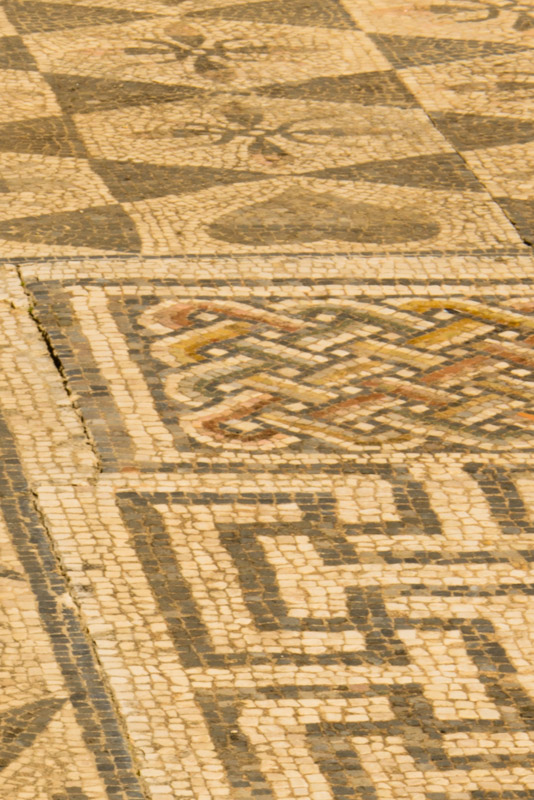Solomon’s Knot
Several people have asked me about the significance of the cover image of Another Life, in particular, the design that encloses the image of the Green Man.

The main protagonist, Oliver, decides to seek a woman he saw, fleetingly, thirty years ago, a woman whom he will encounter in various guises in the present time. As the story develops, the reader is unsure whether the woman is good or bad. I needed a feature that would uniquely identify her and hint at some mysterious characteristic, possibly supernatural or connected to witchcraft.
As part of my research, I purchased a copy of Medieval Graffiti, by Matthew Champion, a fascinating account of the history of images recorded on walls of churches and other buildings by ordinary people, to bless their venture or to protect them from evil. One of the graffiti described was the Solomon’s Knot. The symbol is comparatively rare in England’s churches, with only thirty-six recorded, most in East Anglia.
Further research revealed that the Solomon’s knot is a traditional decorative motif used since ancient times and in many cultures. It is frequently found in ancient Roman mosaics, usually represented as two interlaced ovals. Several years ago, I visited the Roman remains at Volubilis, in Morocco. I discovered that I had unknowingly taken a photograph including a partial image of one, included below.

Other examples are found in Italy, Spain and the Middle East. The British Museum houses a fourteenth-century CE Egyptian Qur’an with a Solomon’s Knot as its frontispiece.
In Africa, the Solomon’s knot is found on the glass beadwork, textiles, and carvings of the Yoruba people. It often denotes royal status and is featured on crowns, tunics, and other ceremonial objects. Also in Africa, the Knot is found on Kasai velvet, the raffia woven cloth of the Kuba people. They attribute mystical meaning to it, as do the Akan people of West Africa who stamp it on their sacred Adinkra cloth. In the Adinkra symbol system, a version of Solomon’s knot is the Kramo-bone symbol, interpreted as meaning “one being bad makes all appear to be bad”.
An Ethiopian legend tells that King Solomon wore a magical ring that bore the symbol of the knot, engraved by God, which served as the most powerful device for subduing demons.
The image provides a convenient degree of ambiguity to add to the mystery of the woman in Another Life.